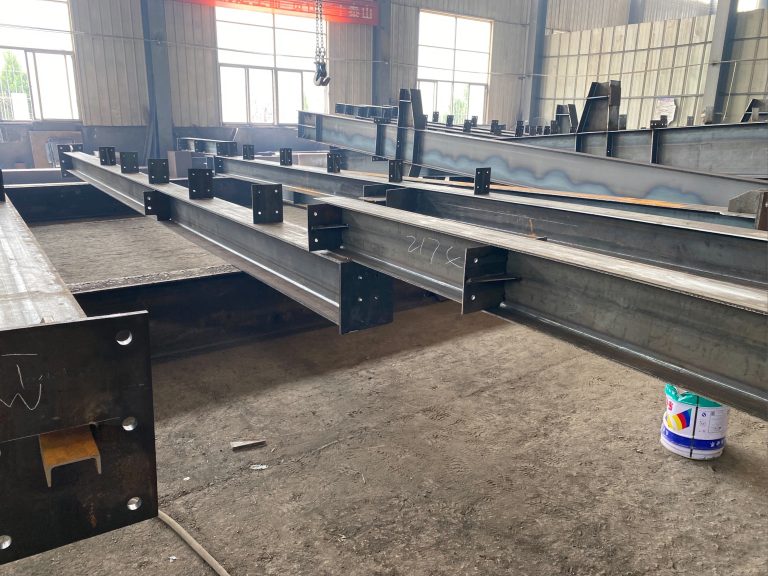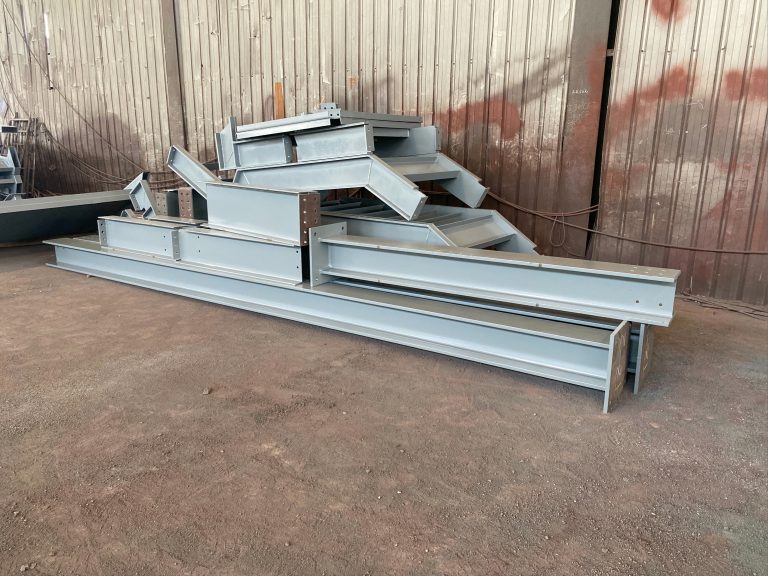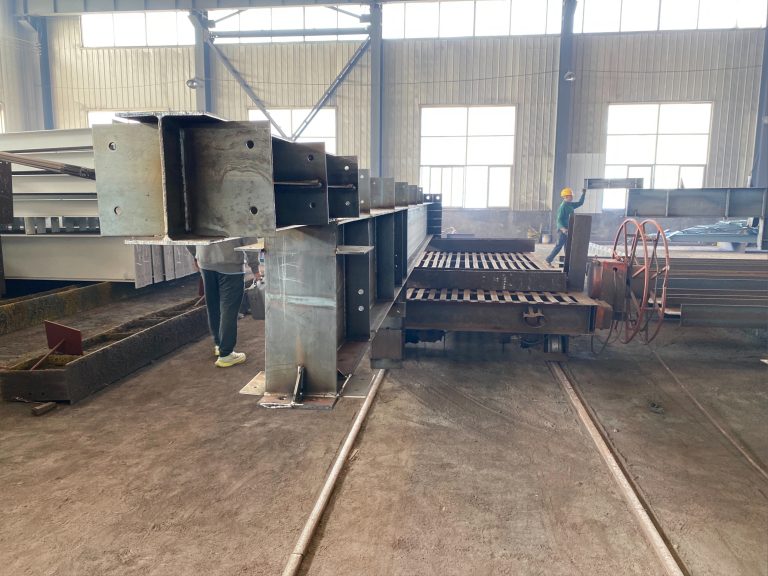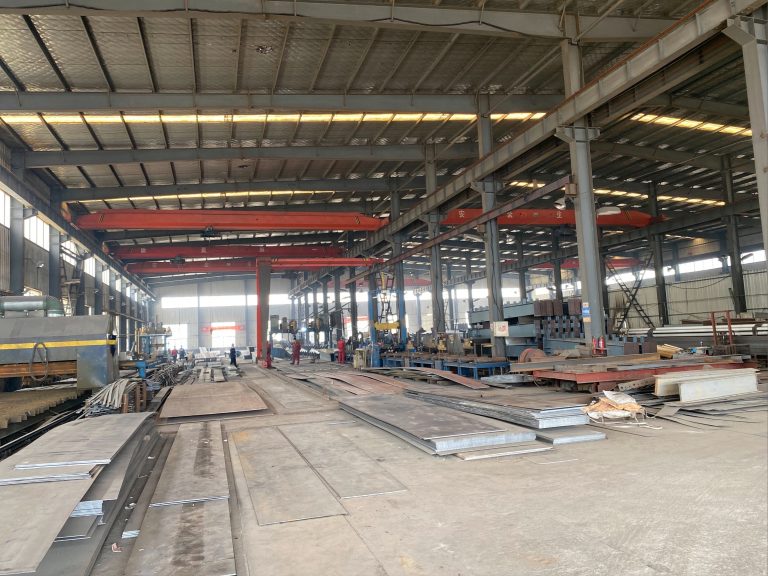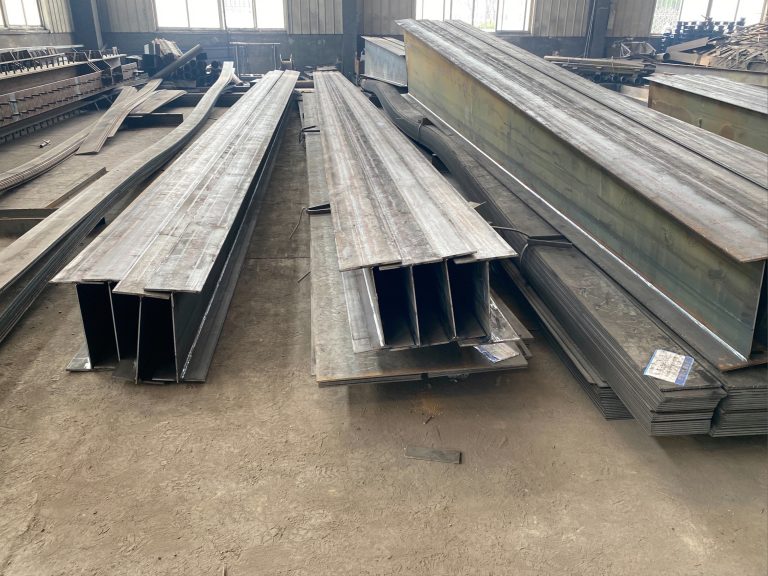Intelligent monitoring system of steel structure building.
Table of Contents
Benefits of Implementing an Intelligent Monitoring System in Steel Structure Buildings
Steel structure buildings are becoming increasingly popular due to their durability, strength, and cost-effectiveness. However, like any other type of building, steel structures require regular monitoring and maintenance to ensure their safety and longevity. This is where intelligent monitoring systems come into play.
An intelligent monitoring system for steel structure buildings is a sophisticated technology that uses sensors and data analysis to continuously monitor the structural health of the building. These systems can detect any signs of deterioration or damage in real-time, allowing for prompt action to be taken to prevent any potential disasters.
One of the key benefits of implementing an intelligent monitoring system in steel structure buildings is the early detection of structural issues. By continuously monitoring the building’s condition, any signs of wear and tear, corrosion, or other damage can be detected at an early stage. This allows for timely repairs to be carried out, preventing the issue from escalating and potentially compromising the safety of the building.
Furthermore, intelligent monitoring systems can also help in predicting potential structural failures. By analyzing the data collected from the sensors, these systems can identify patterns and trends that may indicate an impending failure. This early warning system can be invaluable in preventing catastrophic events and ensuring the safety of the building’s occupants.
In addition to enhancing safety, intelligent monitoring systems can also help in optimizing maintenance schedules. By providing real-time data on the condition of the building, these systems can help in prioritizing maintenance tasks based on actual need rather than a predetermined schedule. This can result in cost savings by reducing unnecessary maintenance and prolonging the lifespan of the building.
Another benefit of implementing an intelligent monitoring system in steel structure buildings is the ability to improve energy efficiency. By monitoring factors such as temperature, humidity, and energy consumption, these systems can help in identifying areas where energy is being wasted and suggest ways to optimize energy usage. This can result in significant cost savings for building owners and contribute to a more sustainable operation.
Furthermore, intelligent monitoring systems can also help in enhancing the overall performance of the building. By providing real-time data on various aspects of the building’s operation, these systems can help in identifying inefficiencies and areas for improvement. This can lead to better decision-making and ultimately, a more efficient and effective building operation.
In conclusion, implementing an intelligent monitoring system in steel structure buildings can bring a wide range of benefits, including enhanced safety, early detection of structural issues, optimized maintenance schedules, improved energy efficiency, and enhanced overall performance. With the advancement of technology, these systems are becoming more sophisticated and reliable, making them an essential tool for ensuring the safety and longevity of steel structure buildings. By investing in an intelligent monitoring system, building owners can not only protect their investment but also ensure the well-being of the occupants and contribute to a more sustainable future.
How Intelligent Monitoring Systems Improve Safety and Maintenance in Steel Structure Buildings
Steel structure buildings are a popular choice for many construction projects due to their durability, strength, and versatility. However, like any other type of building, steel structures require regular maintenance and monitoring to ensure their safety and longevity. Intelligent monitoring systems have emerged as a valuable tool in this regard, offering real-time data on the condition of the building and alerting users to any potential issues before they escalate.
One of the key benefits of intelligent monitoring systems is their ability to provide continuous monitoring of the structural health of a building. Traditional methods of monitoring, such as visual inspections or manual measurements, are often time-consuming and can miss critical warning signs of structural damage. Intelligent monitoring systems, on the other hand, use sensors and data analytics to track changes in the building’s condition over time, allowing for early detection of issues such as corrosion, deformation, or fatigue.
By collecting and analyzing data on factors such as temperature, humidity, vibration, and strain, intelligent monitoring systems can provide a comprehensive picture of the building’s health. This data can be used to identify patterns and trends that may indicate potential problems, allowing for proactive maintenance and repairs to be carried out before a major issue arises. In this way, intelligent monitoring systems help to prevent costly repairs and downtime, while also ensuring the safety of occupants and the integrity of the building.
Another advantage of intelligent monitoring systems is their ability to provide real-time alerts and notifications to building owners and maintenance personnel. In the event of a sudden change in the building’s condition, such as a spike in temperature or an increase in vibration, the system can automatically send out alerts via email or text message, allowing for immediate action to be taken. This proactive approach to monitoring helps to minimize the risk of structural failure and ensures that any issues are addressed promptly.
Intelligent monitoring systems can also be integrated with building management systems to streamline maintenance processes and improve efficiency. By automating data collection and analysis, these systems can help to identify maintenance priorities, schedule repairs, and allocate resources more effectively. This not only saves time and money but also ensures that maintenance tasks are carried out in a timely manner, reducing the risk of unexpected failures and downtime.
In addition to improving safety and maintenance, intelligent monitoring systems can also help to optimize the performance of steel structure buildings. By tracking key performance indicators such as energy consumption, occupancy levels, and indoor air quality, these systems can provide valuable insights into how the building is being used and where improvements can be made. This data-driven approach to building management can lead to increased efficiency, reduced operating costs, and a more comfortable and sustainable environment for occupants.
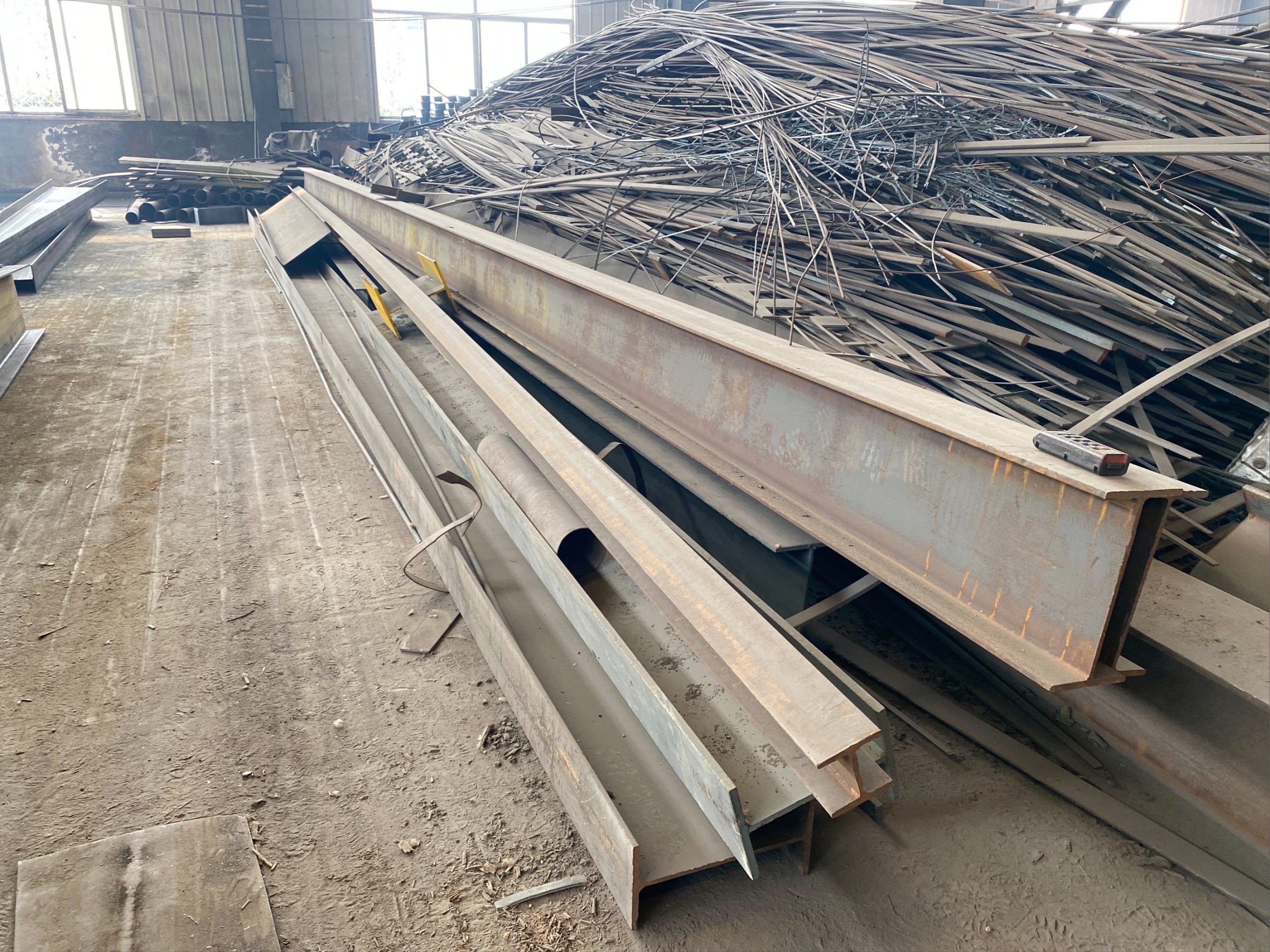
In conclusion, intelligent monitoring systems play a crucial role in ensuring the safety, longevity, and performance of steel structure buildings. By providing continuous monitoring, real-time alerts, and data-driven insights, these systems help to identify and address potential issues before they escalate, improving maintenance practices, and optimizing building performance. As the construction industry continues to embrace digital technologies, intelligent monitoring systems are likely to become an essential tool for building owners and managers looking to maximize the value of their investments.

